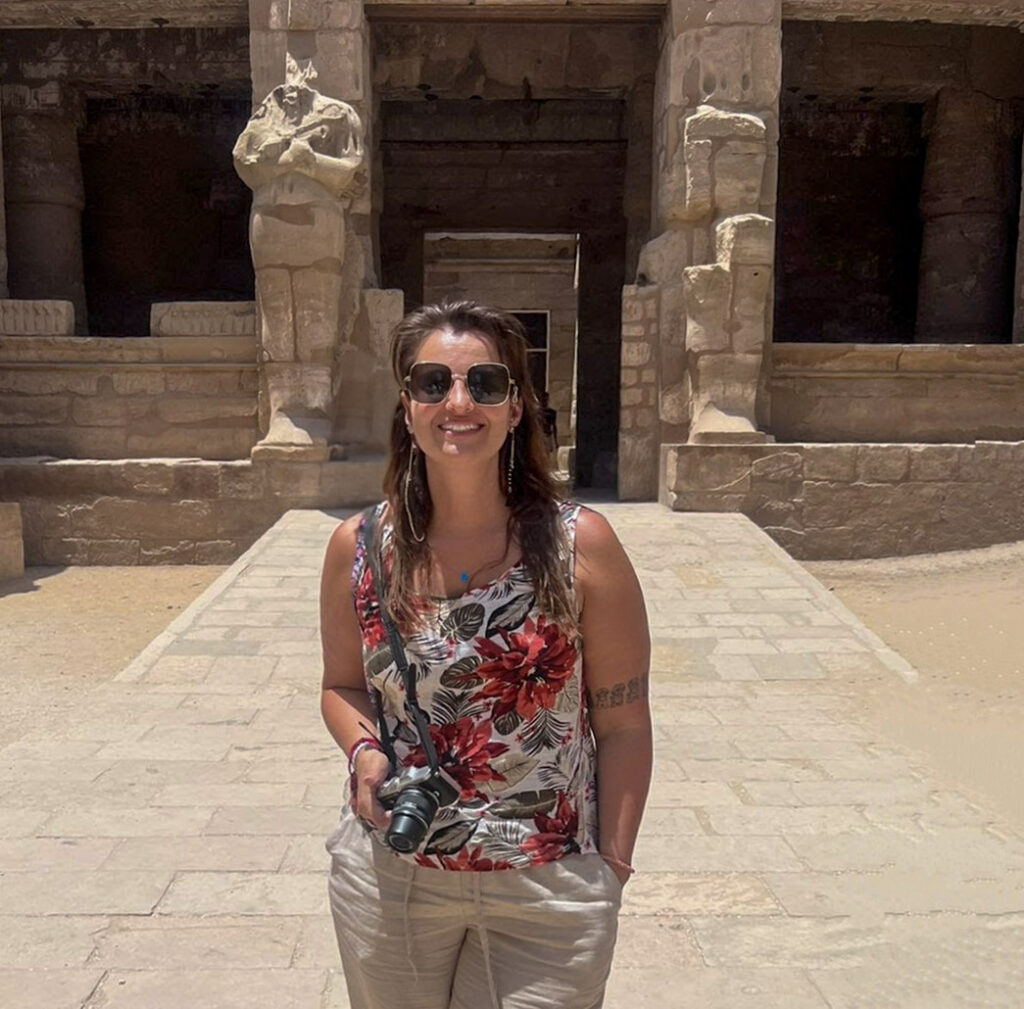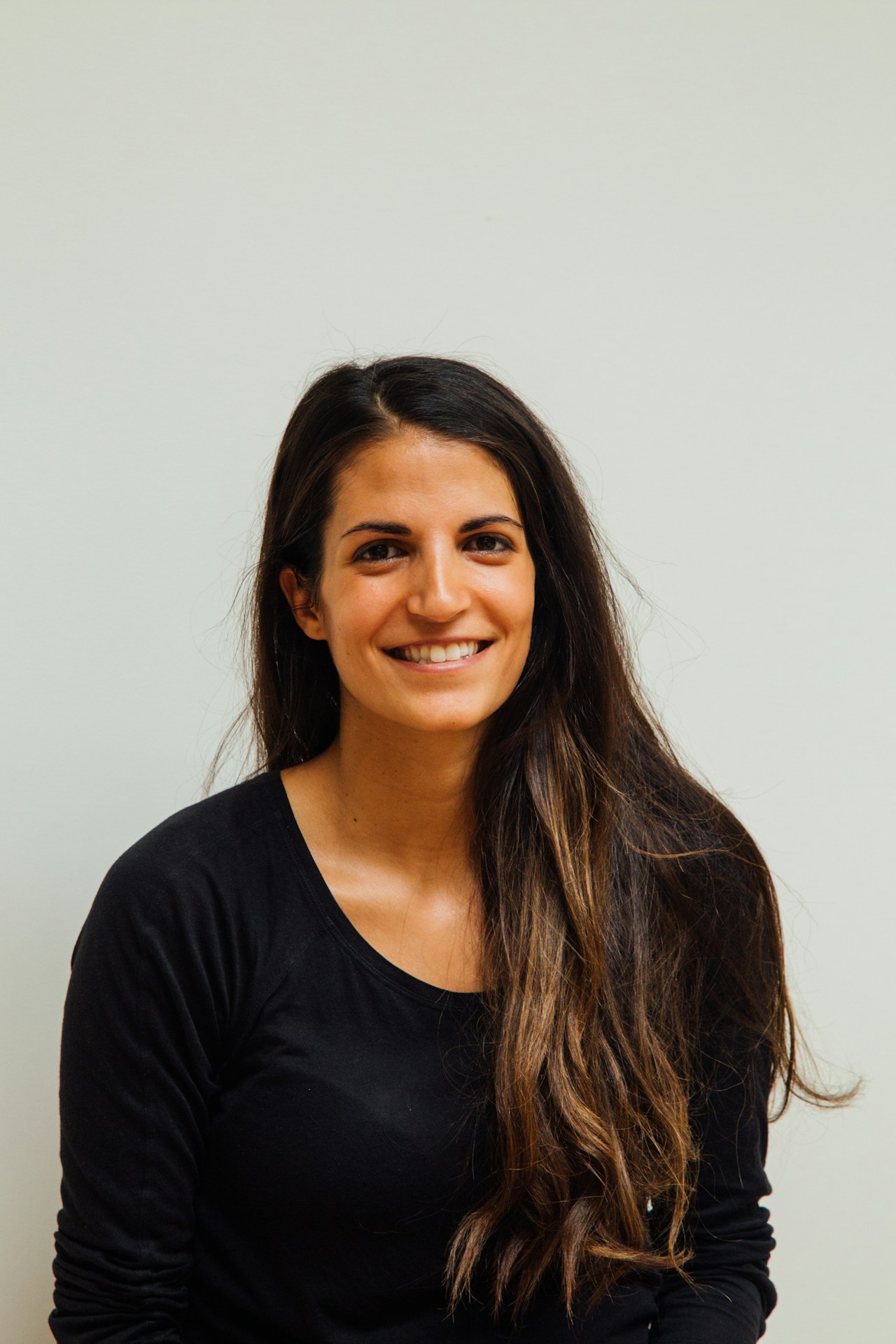About The House
Exploring Beauty, Ritual, and Scent in the New Kingdom
In primary school I read a book about Ancient Egypt. I was instantly fascinated. In high school, History was my favourite subject and I was always reading chapters ahead.
I was/am obsessed, one might say. Obsessed not just with temples, tombs, and golden masks, but also with the everyday lives of the people. What fragrances filled the home of a Waset family? What did beauty mean in a time where appearance, health, and magic were deeply intertwined?
This is the heart of House of Myrrh and Magic: a research-based exploration of cosmetics, perfumes, and ritual care in Ancient Egypt, with a focus on the New Kingdom (ca. 1550–1070 BCE). It’s a gathering space for:
- 🧴 historical recipes and reconstructions
- 🗿 artefacts and artwork from museums around the world
- 📜 quotes from medical papyri and ancient texts
- 🌿 modern experiments inspired by ancient recipes
My goal is to share what I learn, to test ancient ingredients that are still available today, and above all, to honour Ancient Egyptian wellness culture.
Where possible, I use botanicals grown in my own backyard. That way I have full knowledge of the growth circumstances of the plants.
I have taken the liberty of replacing animal products with vegan alternatives. This will be mentioned in each recipe if applicable.
What you’ll find here
- Historical quotes from sources like the Ebers Papyrus
- Artefacts such as kohl spoons and carved perfume jars
- Recreations of recipes using ingredients known to the Egyptians like myrrh, frankincense, castor oil, and henna
- Reflections on the symbolism, ritual, and daily care that surrounded beauty in the New Kingdom
Why the New Kingdom?
The New Kingdom was a golden age of beauty, power, and international trade. Ingredients like cedar from Lebanon, frankincense from Punt, and blue lotus from the Nile bloomed in cosmetic formulas, incense blends, and healing unguents. This period left behind many detailed tomb scenes, texts, and objects. The New Kingdom is also the period that brought us many famous Kings and Queens such as Hatshepsut, Ramses the Great, Amenhotep IV/Akenaten and Tutankhamun.
My approach
I search, read, search, read, experiment, test, review, read some more… Based on:
- Botanical authenticity: using historically accurate ingredients where possible
- Modern transparency: all homemade recipes will be clearly marked as inspired, not replicas
This project is grounded in historical sources and scholarly research, and guided by deep admiration.
Join me
Whether you’re a lover of history, a fellow researcher/experimenter, or someone who is always wondering about natural ingredients, I hope House of Myrrh and Magic will become a little oasis of wonder and discovery.
You can follow along on Instagram for regular photos, notes, and updates, or subscribe to the blog for longer reflections.
With henna-stained fingers and a messy kitchen laboratory,
– Phoebe

Phoebe
Main problem
Chronically covered in sand

TBA
Enabler